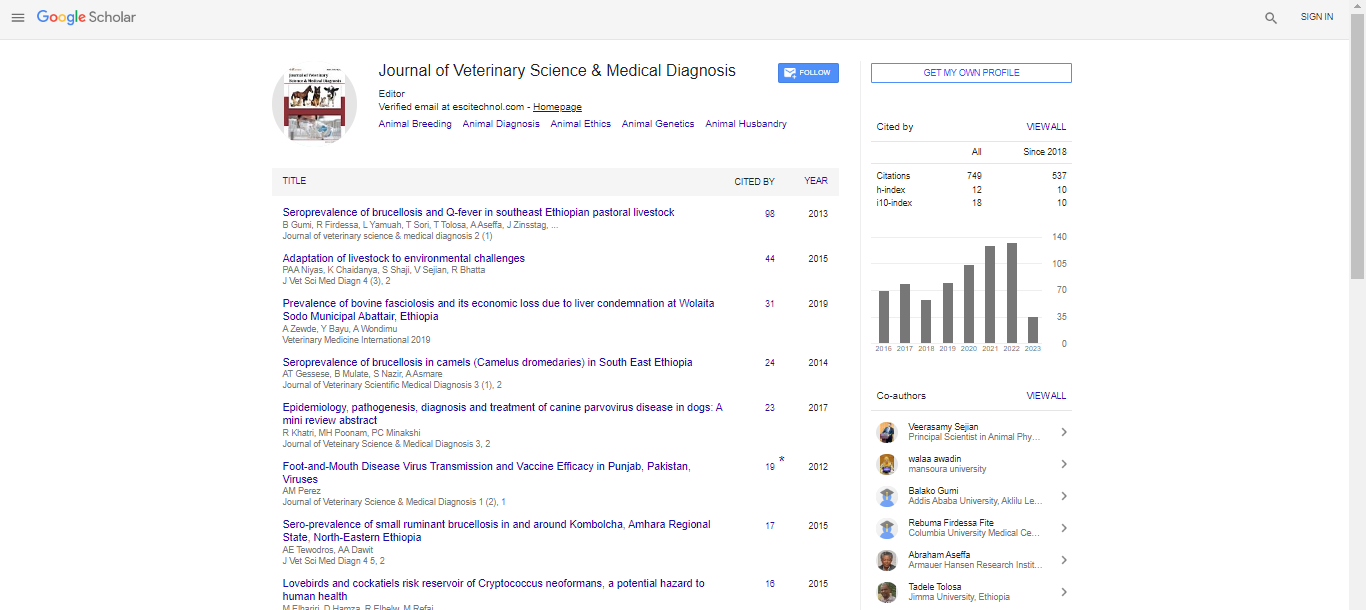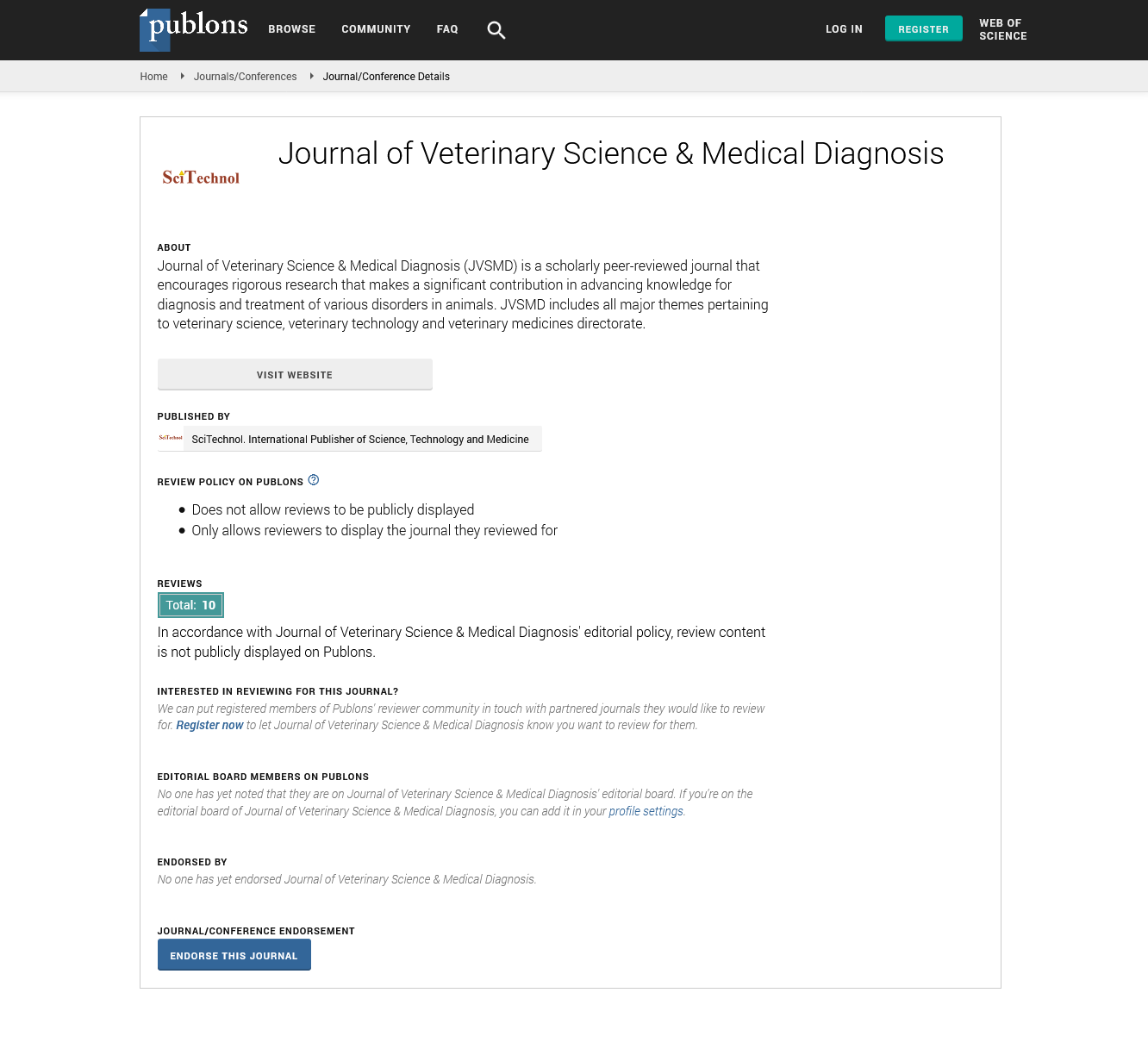Sarcoplasmic proteins and its effects on meat quality parameters
Kahraman H A and Gurbuz U
Selcuk University, Turkey
: J Vet Sci Med Diagn
Abstract
Muscles contain 70-75% water, 22% protein, 2-4% intramuscular fat and 2% of other components such as phosphates and minerals. Muscle proteins consists of three groups which are 7% sarcoplasmic proteins (water soluble), 13% myofibrillar proteins (soluble in salt solutions) and 2% stromal proteins (soluble in alkaline or acid solution) and they play different roles in meat processing. Sarcoplasmic proteins are responsible for the metabolism in an animal cell. They are found in the sarcoplasm or fluid surrounding the myofibrils. They are made up of mostly oxidative enzymes, heme pigments (myoglobin), the mitochondrial oxidative enzymes, lysosomal enzymes, and nucleoproteins. Glyceraldehyde phosphate dehydrogenase, aldolase, enolase, creatine kinase, lactate dehydrogenase, pyruvate kinase, phosphorylase, and myoglobin are the main Sarcoplasmic proteins and around 90 different proteins belong to the group of sarcoplasmic proteins. Myoglobin (color of meat) and heamoglobin (color of blood) are also the most important types of Sarcoplasmic proteins. Several studies show that the solubility of Sarcoplasmic and myofibrillar proteins in meat from quality classes, and reported that the solubility of sarcoplasmic protein may act as a better indicator for muscle quality. Studies indicate that the change of the Sarcoplasmic fraction is not directly involved in the muscle tenderness but the denaturation of Sarcoplasmic proteins has an impact on meat quality parameters such as color and water holding capacity.
Biography
Kahraman H A is a PhD student and a Research Assistant at Secuk University, Faculty of Veterinary Medicine in the Department of Food Hygiene and Technology, Turkey.
Email: ahukahraman@selcuk.edu.tr
 Spanish
Spanish  Chinese
Chinese  Russian
Russian  German
German  French
French  Japanese
Japanese  Portuguese
Portuguese  Hindi
Hindi 
